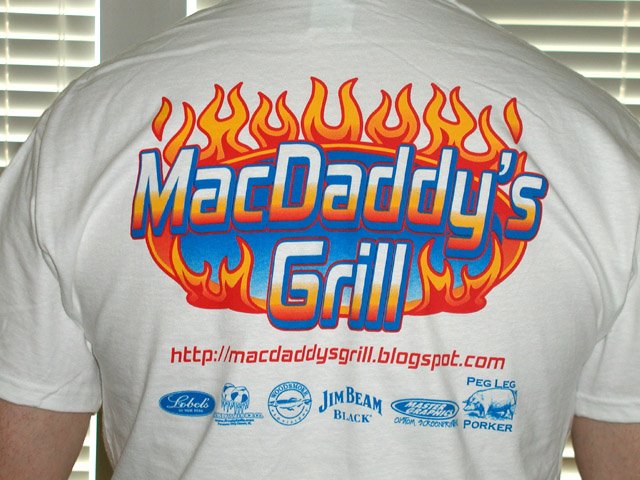
Happy "Cinco De Mayo"
B.D.
Ketchup factoids
In 1896, Scientific American magazine names ketchup "America's Favorite Condiment."
In 1927, Heinz markets the first bottles of ketchup, selling for 10 cents apiece.
The world's largest ketchup bottle -- 170 feet -- is located in Collinsville, Ill. where it is the town's water tower.
Ketchup leaves the glass bottle at 25 miles per hour.
Heinz produces 291,000 gallons of ketchup per day, 400 million bottles per year and 16 billion single-serve packages per year..
From Heinz North America
A ketchup time line
Earlier: Ketchups imported into Britain, mostly from "East-India'' (now Indonesia)
1727: First known English-language recipe for "English Katchop" published in "E. Smith's Compleat Housewife, or, Accomplished Gentlewoman's Companion." It contained anchovies, shallots, vinegar, wine and spices such as mace, ginger, cloves, peppers, nutmeg, lemon peel and horseradish. "Mushroom liquid" was optional.
1732: First appearance in English of a Southeast Asian ketchup recipe based on kidney beans (as a substitute for soybeans), from Sumatra, settled by the British in 1684.
1742: England's "Compleat Housewife" cookbook is published in North America.
1743: "Kitchup" is declared a kitchen staple in a British housekeeper's guide. Fish, mushroom and walnut emerge as the three main ketchups.
1795: Manuscripts for American cookbooks include walnut and mushroom ketchups, but also tomato ketchup. One of them, from Mrs. Michell, called for love apples to be layered with salt, allspice, mace and whole pepper, then boiled, sieved, cooled and pounded.
1812: First published American tomato ketchup of unstrained tomato pulp with spices -- more like tomato sauce.
1817: Criticism of commercial ketchup voiced by cookbook author Dr. William Kitchiner. His book, "Apicius Redivivus, or, the Cook's Oracle," included 11 ketchup recipes, including two each for mushroom, walnut and tomato ketchups, and one each for cucumber, oyster and cockles and mussels ketchups.
1829: New Englander Lydia Child opines that the best sort of ketchup is made from tomatoes. She uses it in beef soup, fricasseed chicken and fish chowder.
1830: Commercial bottling operations for ketchup begin in Boston, Baltimore and New York. Ketchup is bottled about 10 years later.
1850s: Sugar appears as an ingredient in tomato ketchup recipes.
1855: Anderson Preserve Co. incorporates and sells Boston Market Catsup throughout the United States.
1869: Henry J. Heinz partners with L.C. Noble to form Heinz & Noble in Sharpsburg, Pa., selling fruit and vegetable preserves.
1882: Heinz begins patenting ketchup bottles.
1888: H.J. Heinz Co. forms manufacturing operations in the United States and other countries.
1896: H.J. Heinz has agencies in London, Antwerp, Sydney and Bermuda.
1904: Homemade ketchup takes a dive. Survey shows only one-sixth of respondents ate homemade ketchup.
1940: Ketchup recipes all but disappear from cookbooks.
Info from "Pure Ketchup"

No comments:
Post a Comment